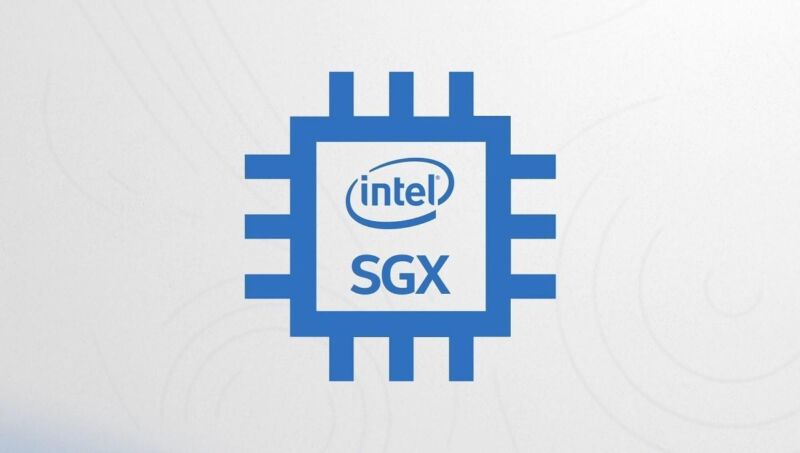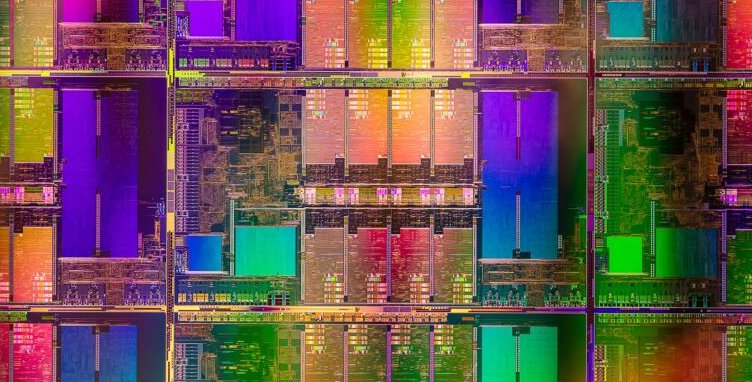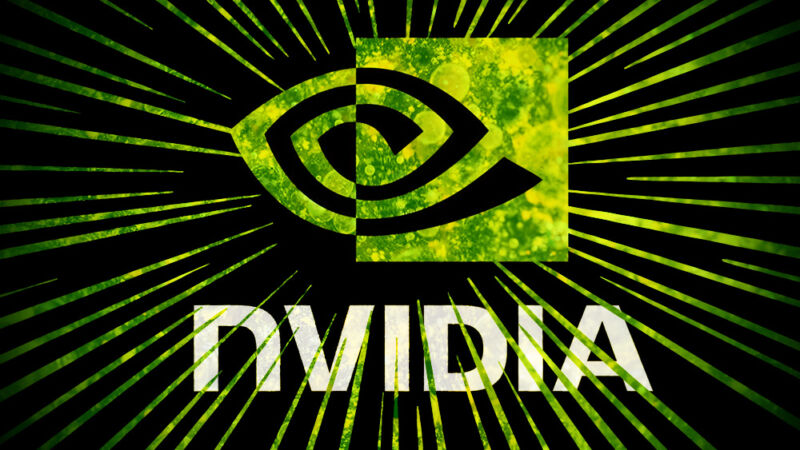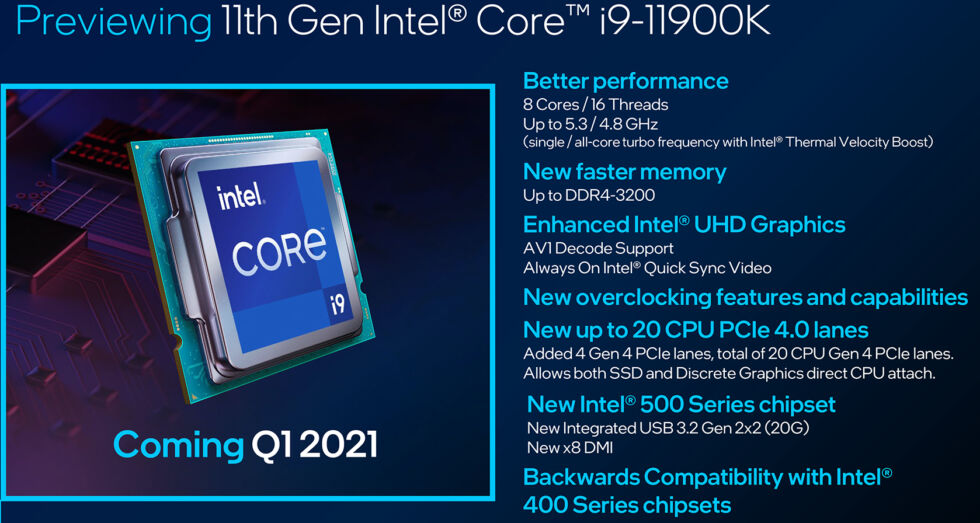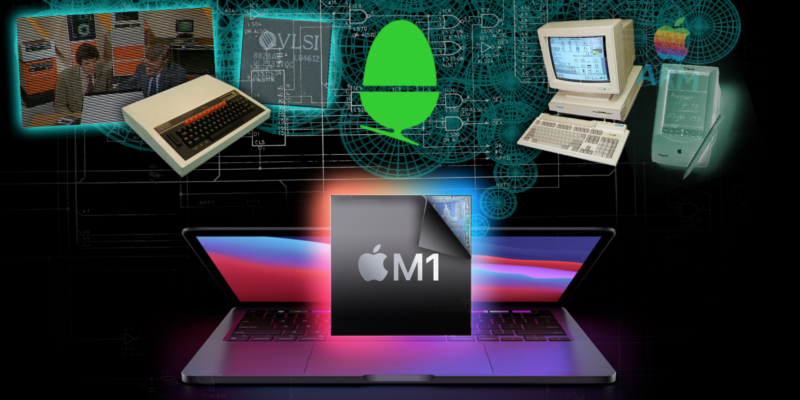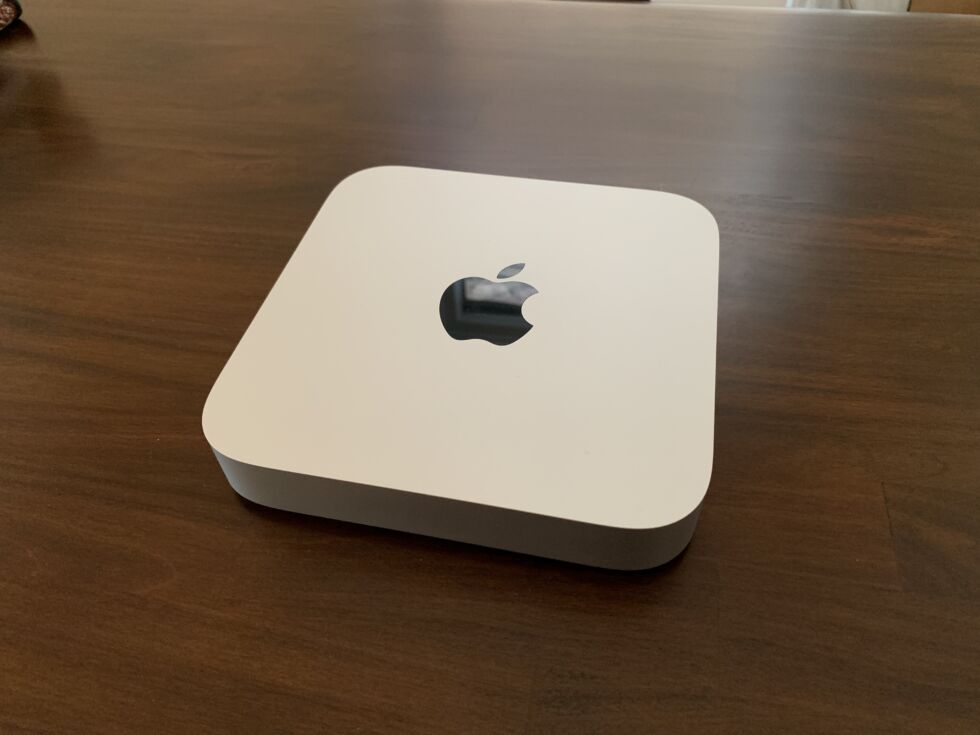-
 chevron_right
chevron_right
You’re the OS is a game that will make you feel for your poor, overworked system
news.movim.eu / ArsTechnica · Tuesday, 15 August, 2023 - 17:49 · 1 minute
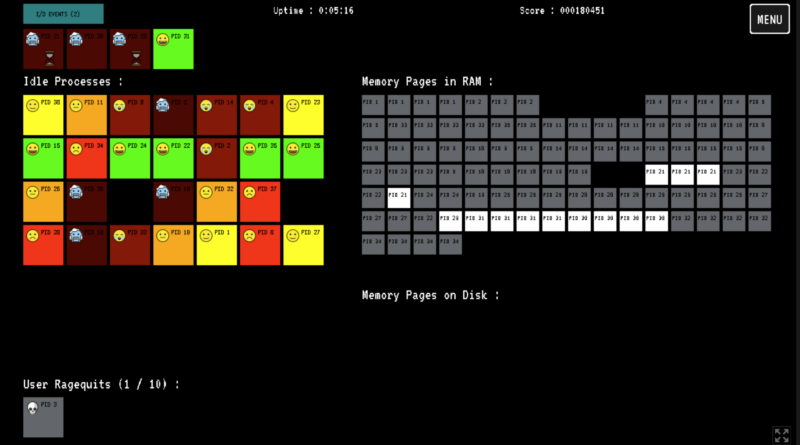
Enlarge / If I click the "I/O Events" in the upper-left corner, maybe some of the frozen processes with a little hourglass will unfreeze. But how soon? Before the other deep-red processes die? I can't work under these conditions! (credit: Pier-Luc Brault)
I spent nearly 20 minutes this morning trying to be a good operating system, but you know what? People expect too much of their computers.
I worked hard to rotate processes through CPU slots, I was speedy to respond to I/O requests, and I didn't even let memory pages get written to disk. But the user—some jerk that I'm guessing keeps 32 shopping tabs open during work—kept rage-quitting as processes slid in attrition from bright green to red to "red with a frozen face emoji." It made me want to get four more cores or potentially just kill a process out of spite. If they were a writer, like me, I'd kill the sandboxed tab with their blog editor open. Learn to focus, scribe!
You're the OS! is a browser game that combines stress, higher-level computer design appreciation, and panic-clicking exercise. Creator Pier-Luc Brault says specifically that the game "has not been created with education in mind," but it might introduce people to principles like process scheduling and memory swapping—"as long as it is made clear that it is not an exact depiction." Brault, a computer science teacher himself, writes that they may use the game to teach about cores, RAM shortages, and the like.

